Space exploration has always been a fascinating subject for scientists, researchers, and the general public. From the first human landing on the moon to the recent Mars Rover’s successful landing, space exploration has taken a giant leap forward. The use of robots has played a significant role in space exploration, and it has brought in many benefits that we will discuss in this article.
1. Cost-Effective
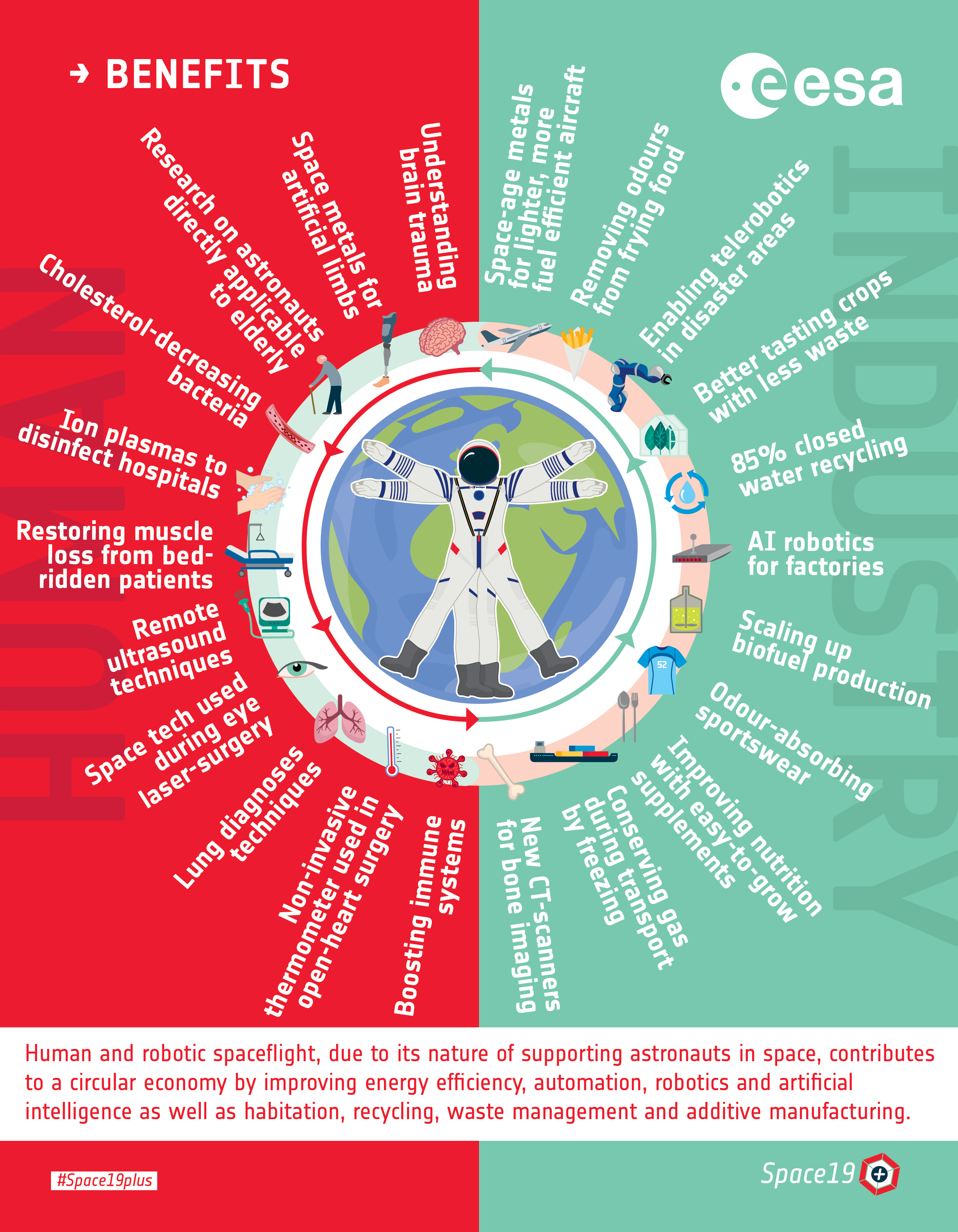 Source: bing.com
Source: bing.comThe cost of sending humans to space is significantly higher than sending robots. Robots can be designed and programmed for specific tasks, and they don’t require life support systems or supplies like food and water. This makes space exploration using robots more cost-effective and sustainable.
2. Reduces Human Risk
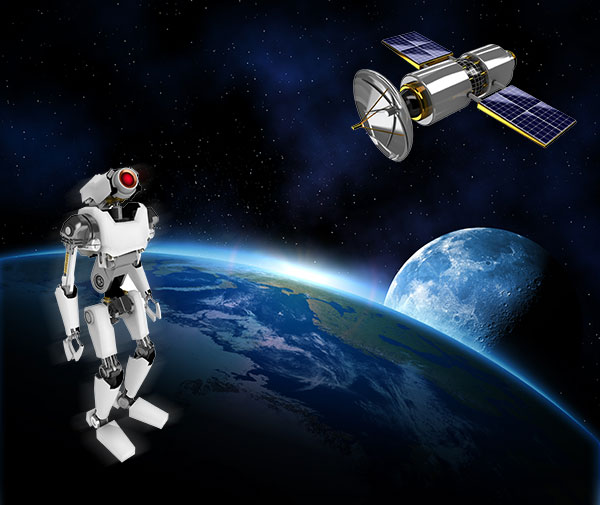 Source: bing.com
Source: bing.comSpace exploration is a high-risk activity, and it poses significant threats to human life. Sending robots instead of humans reduces the risk of injury or loss of life. Robots can be designed to withstand extreme conditions in space, and they can operate in environments that are hazardous for humans.
3. 24/7 Operations
 Source: bing.com
Source: bing.comRobots don’t need rest or sleep, and they can work 24/7 without any breaks. This means that they can perform tasks continuously without any interruption, which is not possible with human astronauts. This makes space exploration using robots more efficient and productive.
4. Access to Extreme Environments
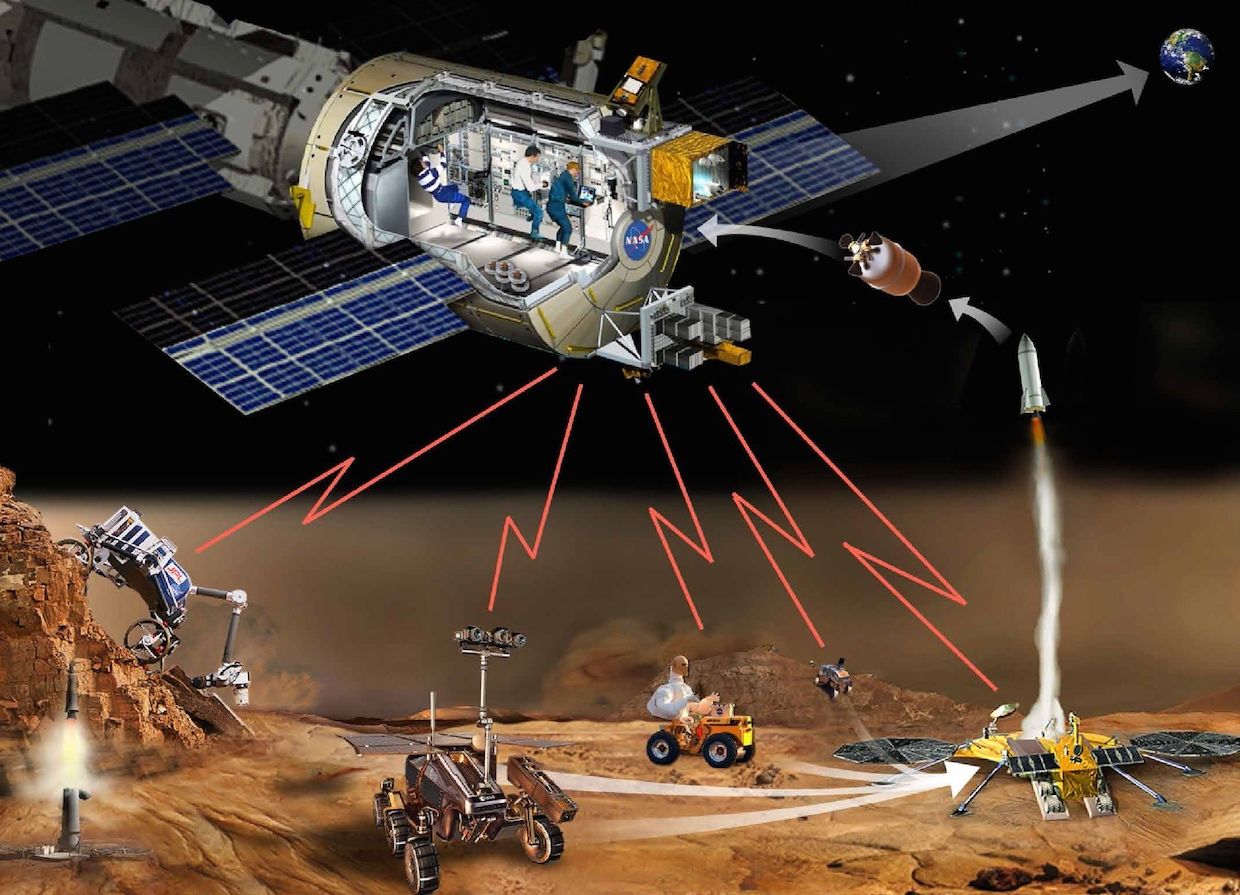 Source: bing.com
Source: bing.comRobots can access and explore extreme environments in space that are not suitable for human astronauts. For example, the Mars Rover can explore the surface of Mars, which has a harsh environment with extreme temperatures and radiation. Robots can also explore environments that are too dangerous for humans to enter, such as deep space or the surface of other planets.
5. More Precise and Accurate
 Source: bing.com
Source: bing.comRobots can be designed to perform tasks with precision and accuracy that are not possible for human astronauts. For example, the robotic arm on the International Space Station can move with extreme precision and accuracy, which is essential for performing delicate tasks such as repairs and maintenance.
6. Longevity
 Source: bing.com
Source: bing.comRobots can have a longer lifespan than human astronauts. For example, the Mars Rover has been exploring the surface of Mars for over 15 years, which is much longer than any human astronaut has stayed in space. This means that robots can explore space for longer durations and gather more data and information.
7. Versatility
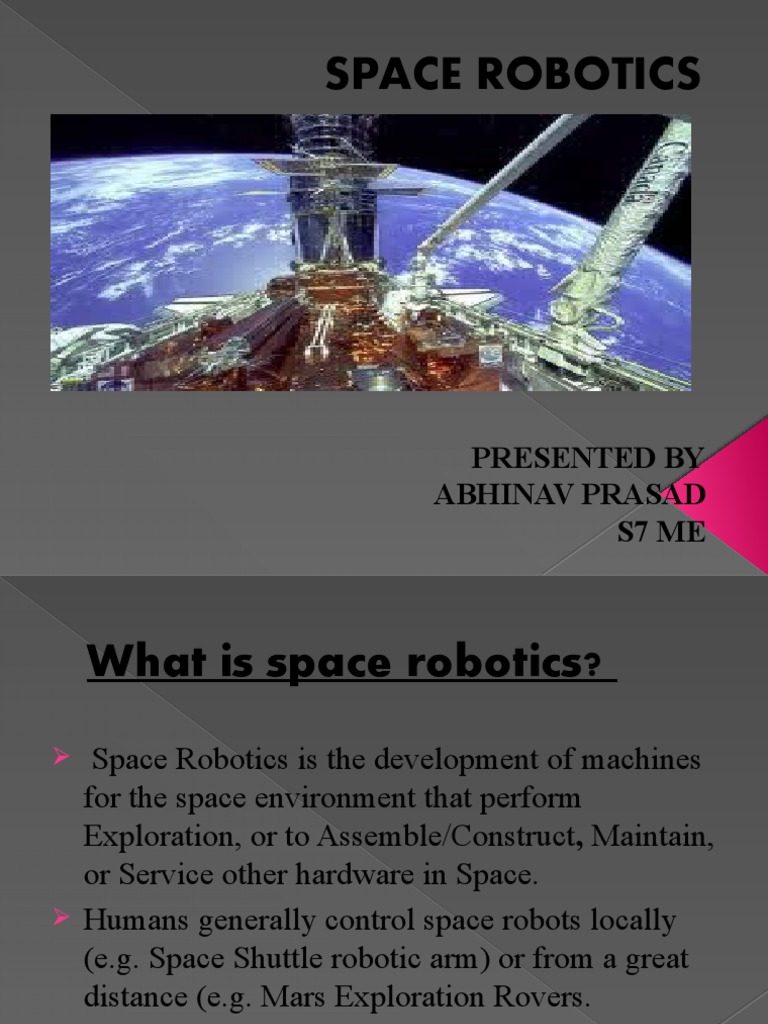 Source: bing.com
Source: bing.comRobots can be designed and programmed for various tasks, making them versatile in space exploration. For example, robots can be used to collect data, repair and maintain equipment, and even build structures in space. This versatility makes space exploration using robots more efficient and cost-effective.
8. Remote Control
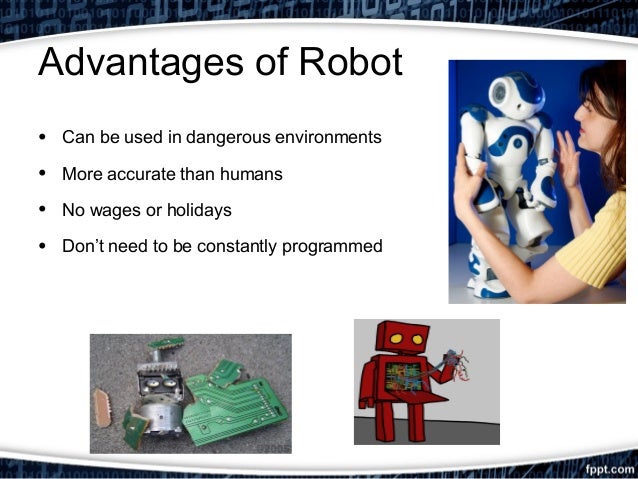 Source: bing.com
Source: bing.comRobots can be controlled remotely from Earth, which allows scientists and researchers to explore space without leaving the planet. This remote control also means that robots can be operated in hazardous environments without putting human life at risk.
9. Improved Safety Measures
 Source: bing.com
Source: bing.comThe use of robots in space exploration has led to the development of improved safety measures that have benefited human astronauts. For example, the robotic arm on the International Space Station has been used to perform repairs and maintenance tasks, which has reduced the need for human astronauts to perform risky spacewalks.
10. Increased Scientific Discoveries
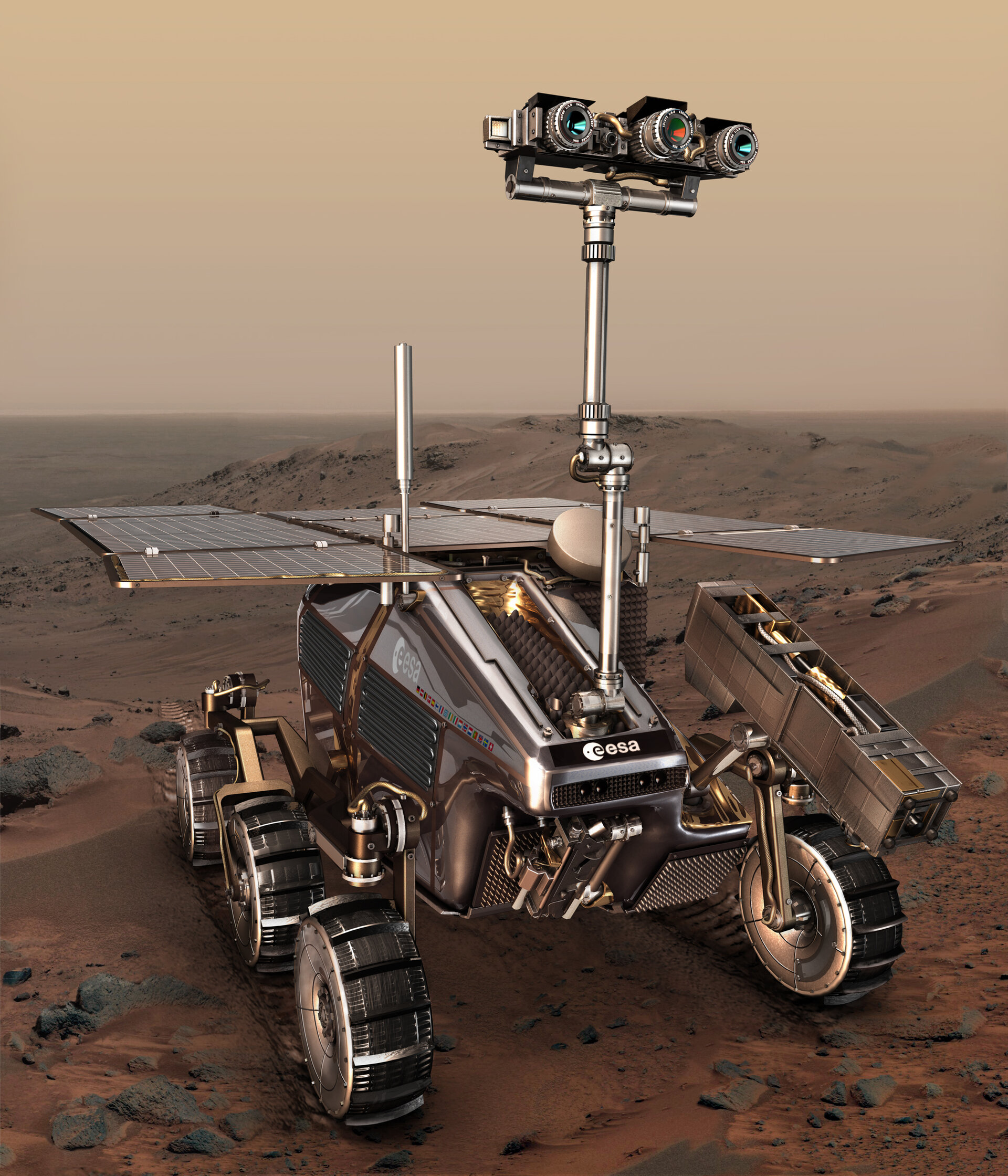 Source: bing.com
Source: bing.comThe use of robots in space exploration has led to significant scientific discoveries that have advanced our understanding of the universe. For example, the Mars Rover has discovered evidence of water on Mars, which has led to new theories about the planet’s history and potential for life. These scientific discoveries would not have been possible without the use of robots in space exploration.
Conclusion
The benefits of using robotics for space exploration are numerous and significant. Robots can perform tasks that are too dangerous or impossible for human astronauts, and they can do it more efficiently and cost-effectively. The use of robots in space exploration has led to significant scientific discoveries and improved safety measures for human astronauts. It is clear that the role of robots in space exploration will continue to grow and expand in the future.